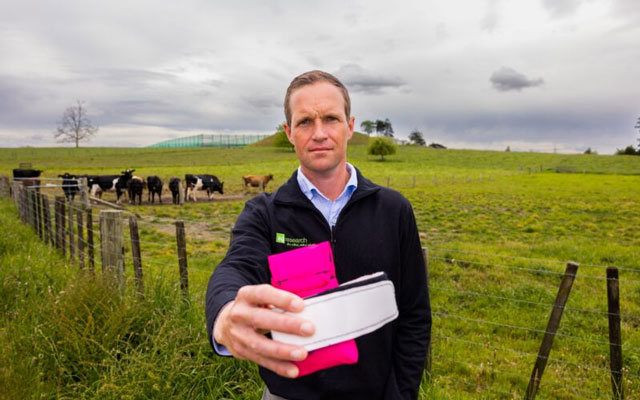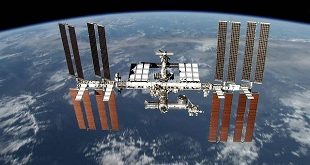
Wellington, New Zealand | Xinhua | New Zealand scientists have developed acoustic urine sensors to tackle nitrogen loss from the urine of cattle, which affects water quality and leads to emissions of nitrous oxide, a potent greenhouse gas.
According to the government research institute AgResearch on Friday, the device was attached to the rear leg of dairy cattle to enable recording and identification of distinct sound patterns in “urination events”, including timing and volume. Data from the recordings were analyzed using technologies that include machine learning.
“It’s a wee issue but with a big environmental impact,” it said, adding the new award-winning technology after five years of development may help farmers to address the issue.
Dairy cows typically urinate 10 to 12 times per day with an average urination volume of two liters per event and an average equivalent urinary nitrogen application rate estimated to be approximately 600 kg of nitrogen per hectare, said AgResearch senior scientist Brendon Welten.
The nitrogen load of an individual urination event is closely connected with daily urination frequency, the time of day, and the volume of the urination event, according to the research.
“Therefore, cows that urinate more frequently per day coupled with a lower volume per urination event tend to excrete lower amounts of nitrogen per urination event and so represent a lower risk to the environment,” Welten said.
This knowledge led AgResearch to develop the concept of an environmental nitrogen herd test with devices which are lightweight, simple to use and low-cost, to identify and manage cows based on urinary-nitrogen loss potential, he said.
The concept was similar to routine herd testing for milk quality and production, with a service provider deploying the urine sensor technology on a dairy farm to provide an accurate estimate of an individual cow’s urination frequency and volume per event, Welten said.
Farmers can use it to make farm management decisions, such as breeding and culling, to move their dairy herd towards lower nitrogen loss potential and thereby provides the opportunity to achieve sustained reductions in farm nitrogen leaching loss, he added.
The research team is looking forward to the potential large-scale adoption of this concept in the future by New Zealand dairy farmers as a new tool to mitigate farm nitrogen loss. ■
 The Independent Uganda: You get the Truth we Pay the Price
The Independent Uganda: You get the Truth we Pay the Price


